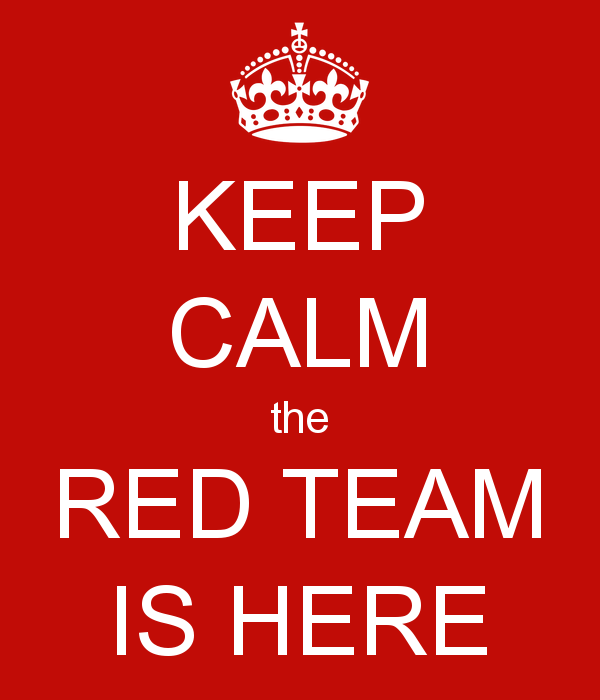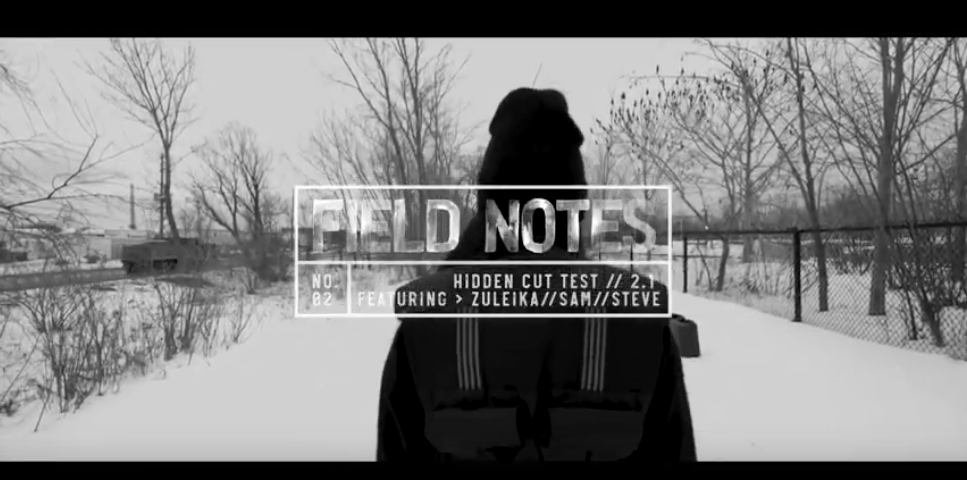
3 Rules for Successful RED TEAM Thinking
Sometimes you have one of those transformational experiences at work. I had one this week.
I’ve been cruising along comfortably at Q: lots of digital work, feeling like I “had” this. Everything under control. We recently landed a digital dream project: 6 figure budget, a gamified, tool-based, heavy user experience website. Right in my sweet spot. I was nailing it and feeling pretty good.
Then, we had a Red Team meeting.
If you’ve ever watched The Newsroom, then you’ll know about the power of the Red Team. In a nutshell, this is the meeting where you have to pitch, explain and justify your ideas to a small team of colleagues who have had no involvement in the development of your project or creative. The Red Team’s job is to be brutally honest, relentlessly detail-oriented, and they stubbornly refuse to understand when something is just too complicated and demand clarity.
The first part of our project to go under the microscope was our website’s dashboard. Their reaction? “What the #!@&? We don’t get it. Too complicated.” We had divided the user activity on the website into two streams and were trying, on the dashboard, to keep these two streams separate, so of course the dashboard was complicated! It is a complex website, with some very complex algorithms under the hood! What is their problem?
Bottom line the Red Team message was clear – our dashboard was “incomprehensible”. They said that we were asking the user to do too much, to think too much and to figure out our secret code.
We fought, we railed against the changes (the wireframes were already with the developer!) but in the end my UX developer Jem and I reluctantly had a light bulb moment – it all of sudden became clear – we had left out important information and had made up for that lack of clarity by adding a lot of frills that ultimately just complicated things. The Red Team was right.
As invaluable as Red Team meetings can be, you also have to be prepared for the tidal wave of fear and emotion that sets in. It’s the digital world equivalent of walking across a bed of hot coals: it’s tough going but when you make it out the other side, you sure do feel better and you definitely have a better product (albeit with burnt feet!)
So what did I learn from this experience?
There were a couple of big takeaways , both for me as a UX practitioner and as a new member of the Q team:
1. Listen To Your Gut
If you are hearing little voices in your head, take heed. As a user experience designer, you have to take those voices seriously, the ones that make you worry the user won’t get this.
2. Take the Skeptics Seriously
When all those naysayers are telling you they just don’t get it, don’t push back and tell yourself they are idiots and just not listening. If they don’t get it, it’s likely an issue with the product.
3. Don’t Let Your Ego Get In the Way
Just because you are good at what you do, doesn’t mean you can’t do better. If, as a designer, you have anyone telling you it’s too complicated, or hard to understand, listen. And listen to that other little voice, cause you know you have it. It’s the voice that’s telling you – if it’s seems complex, it probably is. And in interactive, this is just plain wrong. Remember what Steve Krug most famously said: “don’t make me think.”
There are things at Q that are embedded in who we are, that are part of our practice as media designers, as producers, as a team – and that’s healthy engagement. We have lunch together every Friday. We share our work and de-brief on what we’ve learned. We praise and critique one another’s work, always. We validate assumptions both formally and casually. And we make each other walk across a bed of hot coals for our ideas.
And now, Red Team thinking is part of my culture too.




